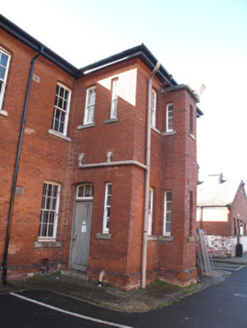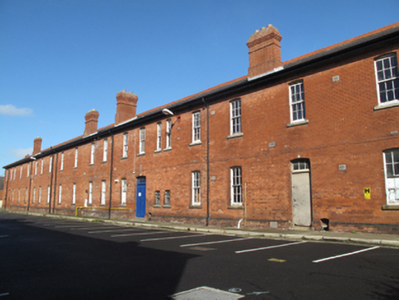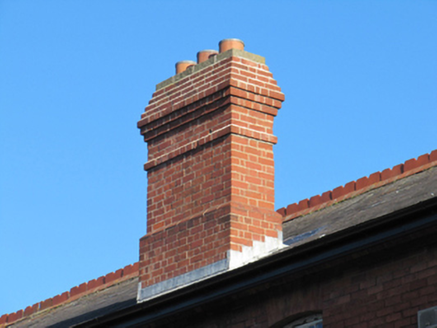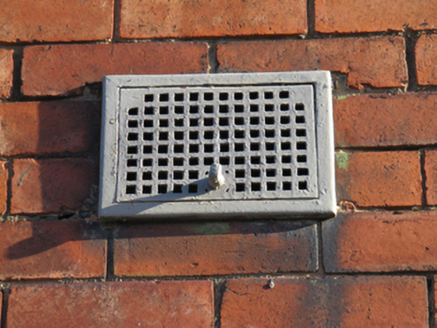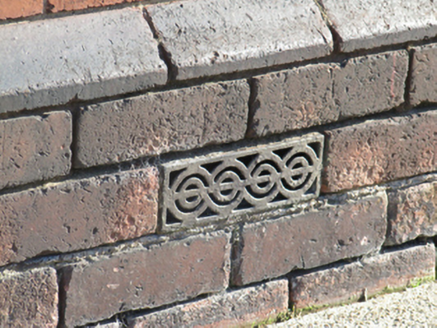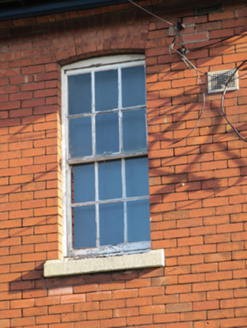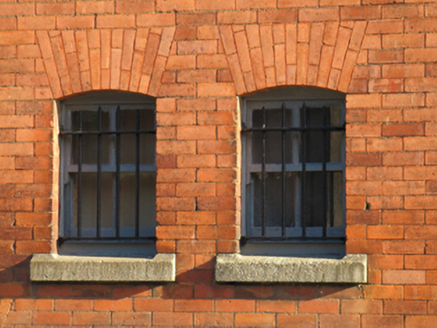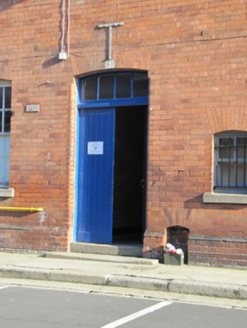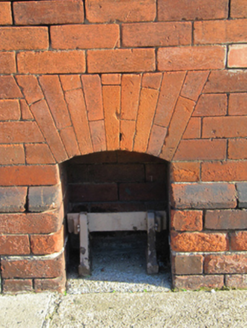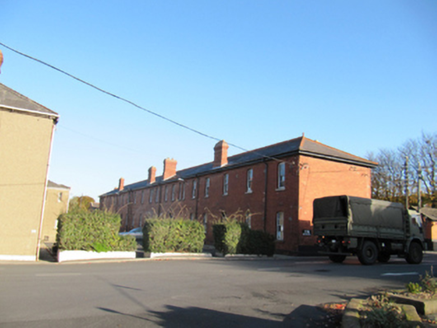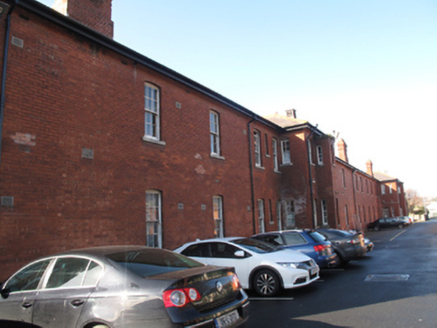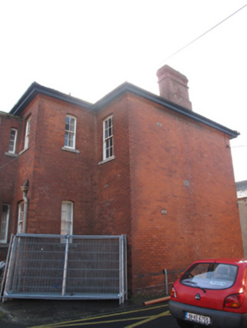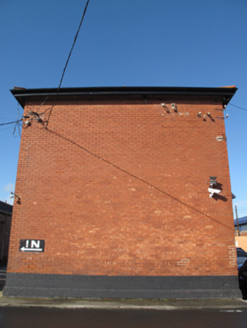Survey Data
Reg No
50081092
Rating
Regional
Categories of Special Interest
Architectural, Historical
Previous Name
Portobello Barracks
Original Use
Barracks
In Use As
Barracks
Date
1880 - 1900
Coordinates
315407, 232153
Date Recorded
19/11/2013
Date Updated
--/--/--
Description
Detached twenty-one bay two-storey barracks, built c.1890, having full-height returns with hipped roofs to rear (east) elevation. Hipped slate roof having terracotta ridge cresting and finials, red brick chimneystacks, moulded brick eaves course, and cast-iron rainwater goods. Red brick laid in stretcher bond to walls, having cast-iron vent covers and red brick plinth course. Segmental-headed window openings with painted masonry sills and six-over-six pane timber sash windows. Some paired window openings with two-over-two pane timber sash windows to ground floor, having cast-iron bars. Segmental-headed door openings with bull-nosed piers, double-leaf timber battened doors and overlights, approached by granite steps. Segmental-headed niches, some retaining cast-iron bootscrapes.
Appraisal
Portobello Barracks was constructed at the beginning of the nineteenth century as a cavalry barracks. It was taken over by Irish troops in 1922, and became the Headquarters of the National Army, under the leadership of Michael Collins. In 1952 it was renamed after Cathal Brugha, Chief of Staff of the Irish Republican Army during the War of Independence, and Minister for Defence in the first Dáil. This substantial range is representative of the later phase of construction at the complex, with its form, materials and detailing characteristic of military architecture at the time. Several similar buildings are to be found within the barracks, forming a notable group, and indicating the continuous expansion of the barracks in the Victorian era.
